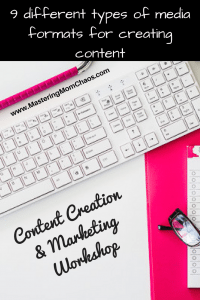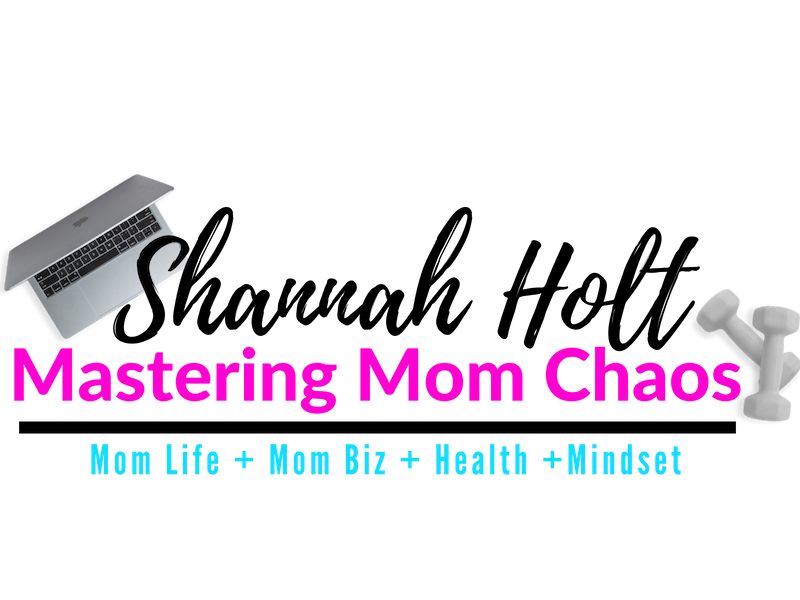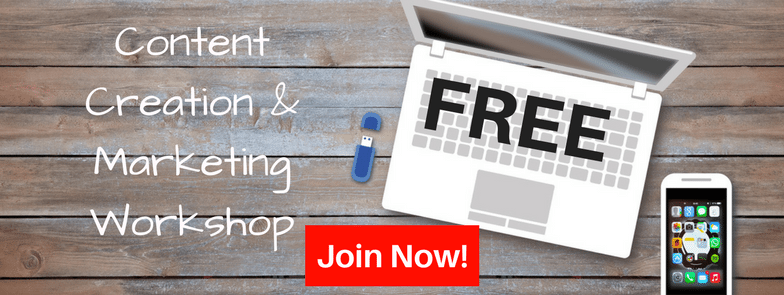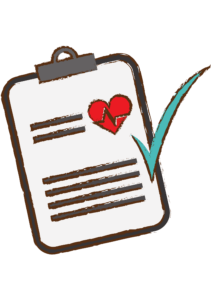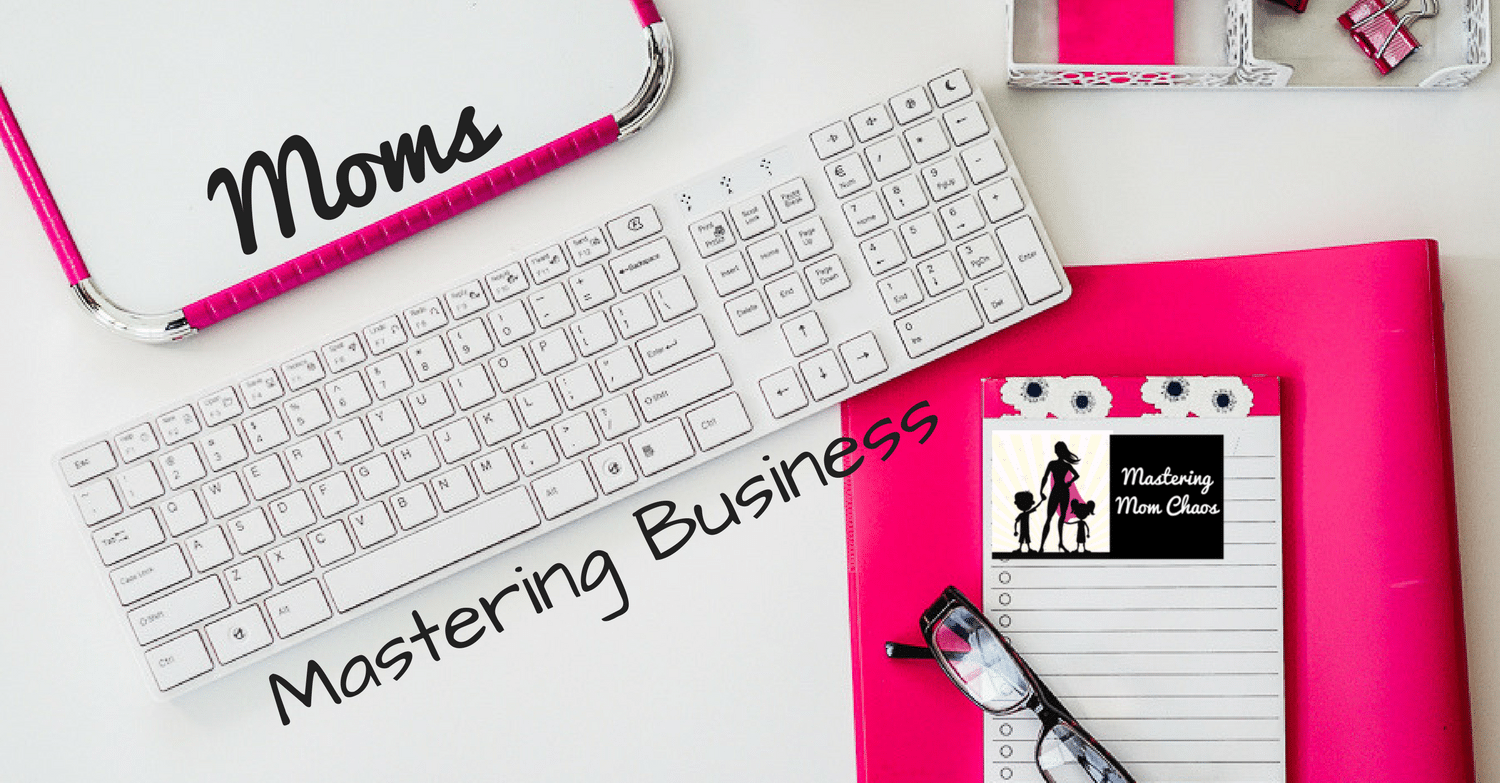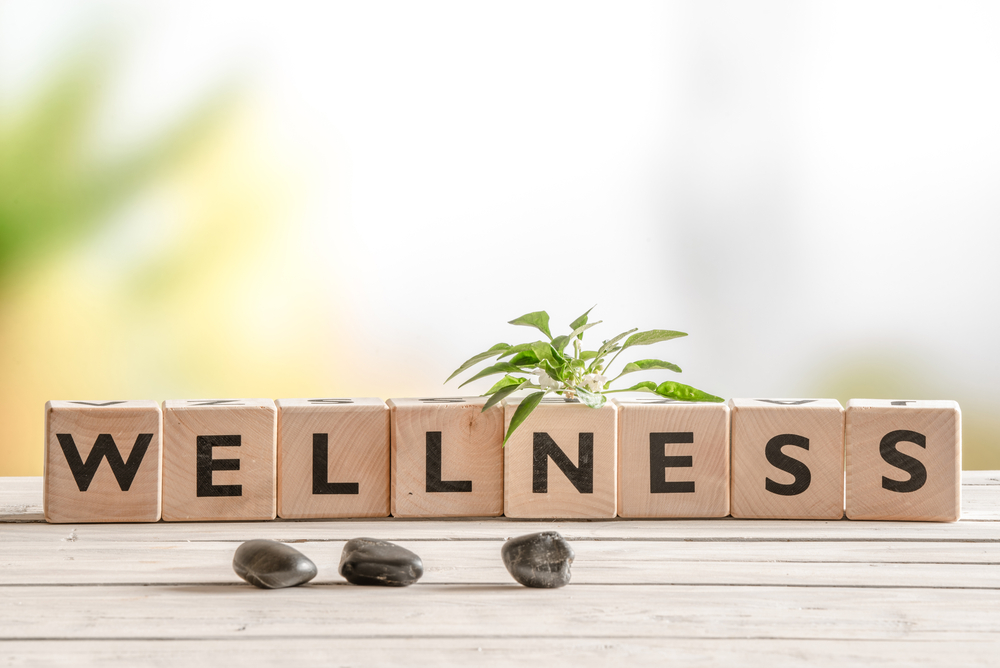9 different types of media formats for creating content
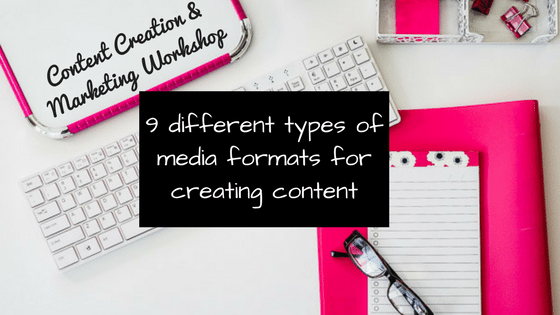
Some of the links in my blogs may be affiliate links. See my disclaimer page for more information.
The great thing about creating content is that when you start one thing it can be repurposed into many other types of media formats. Therefore, one piece of content can be turned into at least three other content formats which help you do less work. Understanding the different content formats will help you know how to repurpose and create content that your audience will consume and respond to.
9 different types of media formats for creating content
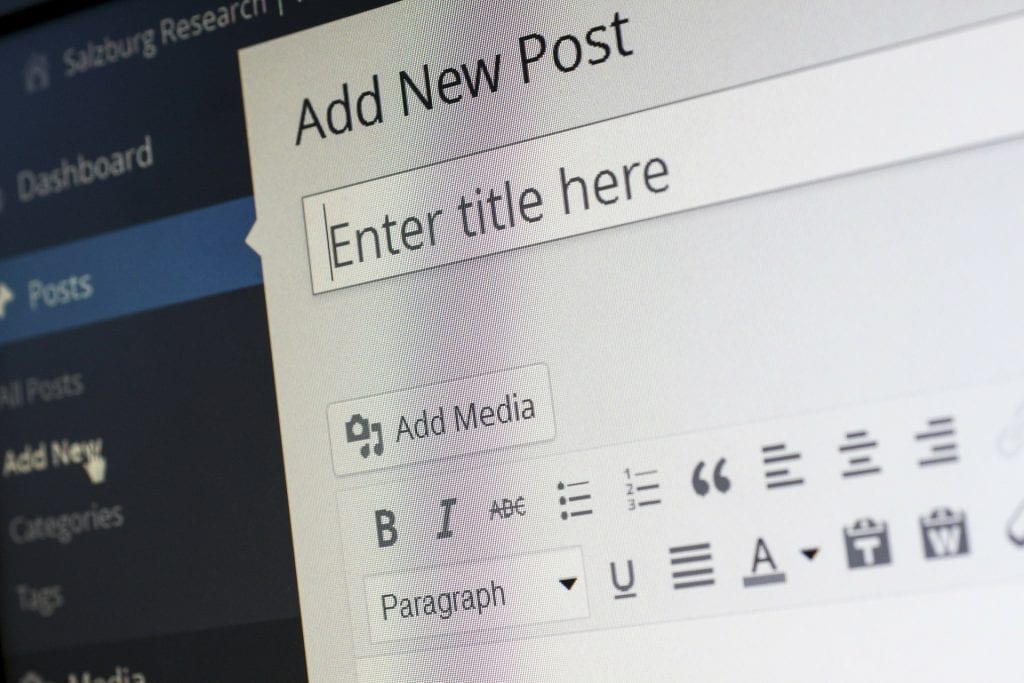
#1 Text Content –
Anything that you type out is text content. A blog post, an article, a white paper, an eBook, social media post and so forth. This is all text-based content that people will need to read to be able to consume it. This type of content can be repurposed into many of the other types of media formats mentioned in this article.
#2 Illustrations, Graphics & Images –
Humans are mostly very visual creatures. They respond more to colorful images that draw their attention. Any images you use should add to the content for better understanding. It will break up your content and can also be used on social media as the main content format. Make sure it really pops and isn’t blurry or too much going on in the graphic.
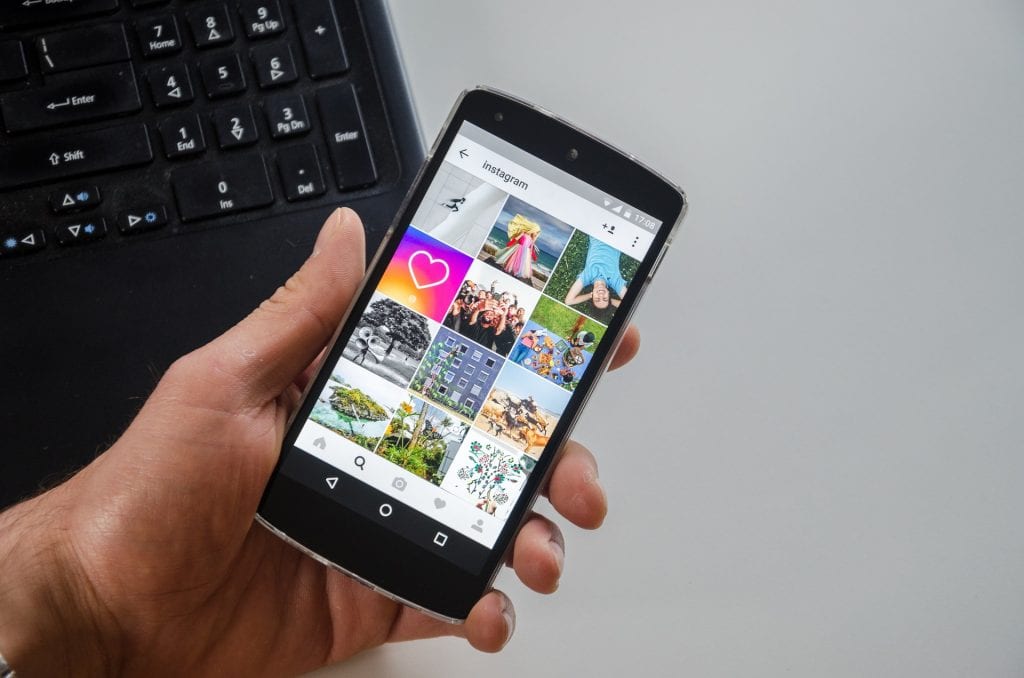
#3 Infographics –
If you have a big data-driven post it’s perfect to use to create an infographic. Infographics are great ways to expose your audience to a lot of data and statistics in a more palatable way than a long blog post or eBook.
#4 Video –
Today, using video online as part of your content marketing efforts is practically a necessity. You have YouTube, Facebook Live, Instagram and other video platforms that want your content and that your audience probably uses. What’s more, video can be transcribed and turned into even more types of media formats.
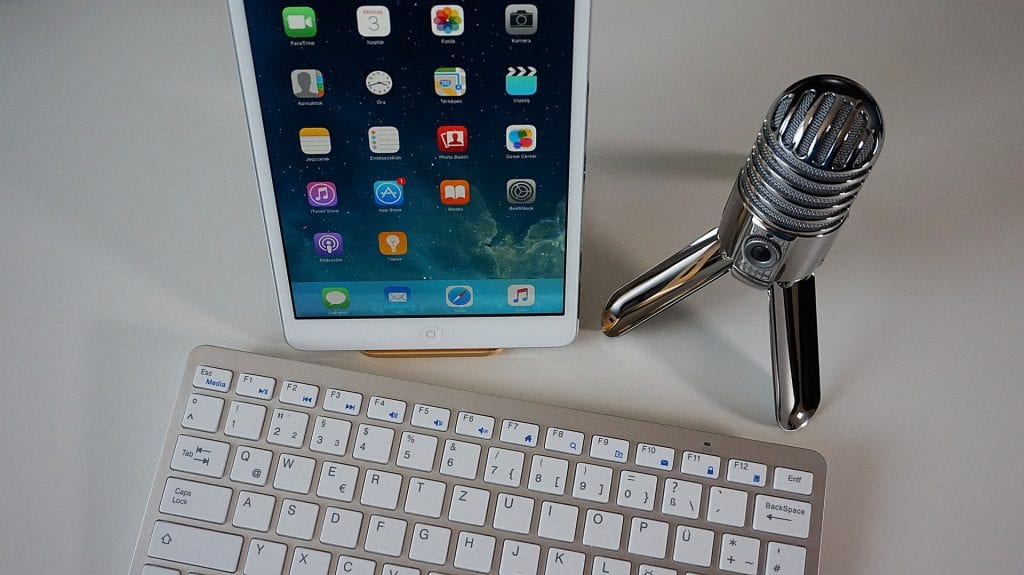
#5 Audio –
Even though video is popular, so are podcasts. Podcasts are audio only and are essential content that can travel with your audience regardless of what they’re doing. They can listen on a job, in the car, and even in the bed before falling asleep. All your content can be turned into audio with just a few tweaks.
#6 Charts, Graphs & Diagrams –
Whenever you can put something into a chart, graph or diagram you can help them understand an idea even more. Helping your audience develop more understanding of the topic is always a good thing. Plus, charts, graphs, and diagrams look great within the content online.
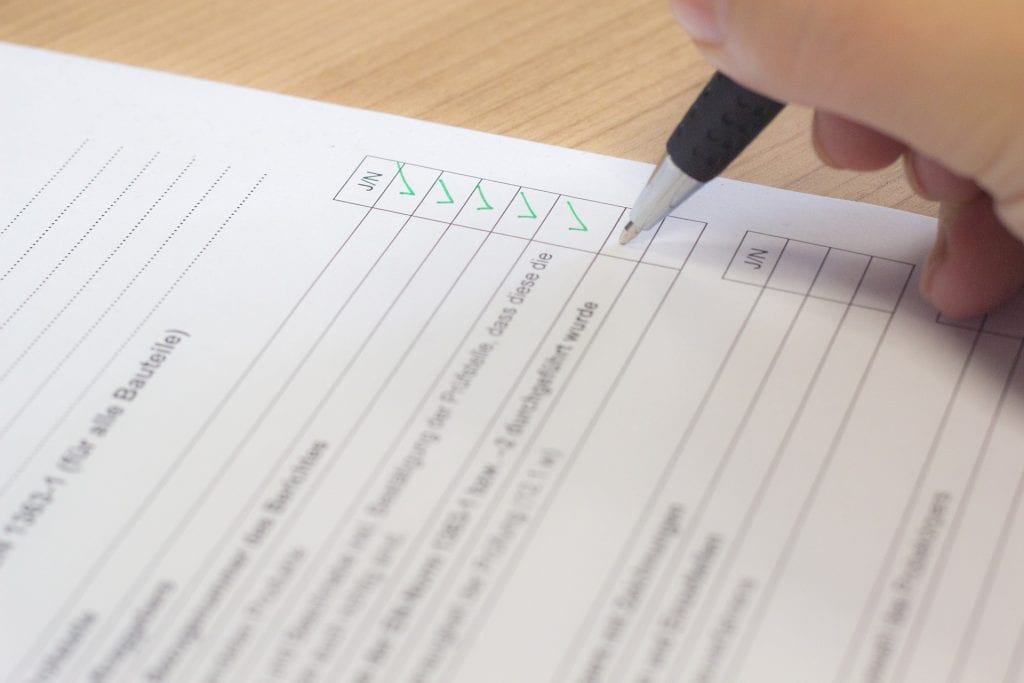
#7 Checklists –
If you write an action-oriented post, why not include a downloadable checklist with it? That way your audience can get something usable from the post that they can easily follow and you get more content for your site that helps encourage signing up for your list.
#8 Interactive Content –
Including quizzes, apps, and games on your site is easier than ever due to the different types of software you can buy. People love taking an interesting test that will give them information about themselves. Think about all the quizzes you’ve taken on Facebook even though people claim they’re grabbing your information. You do it anyway. Your site visitors will too.
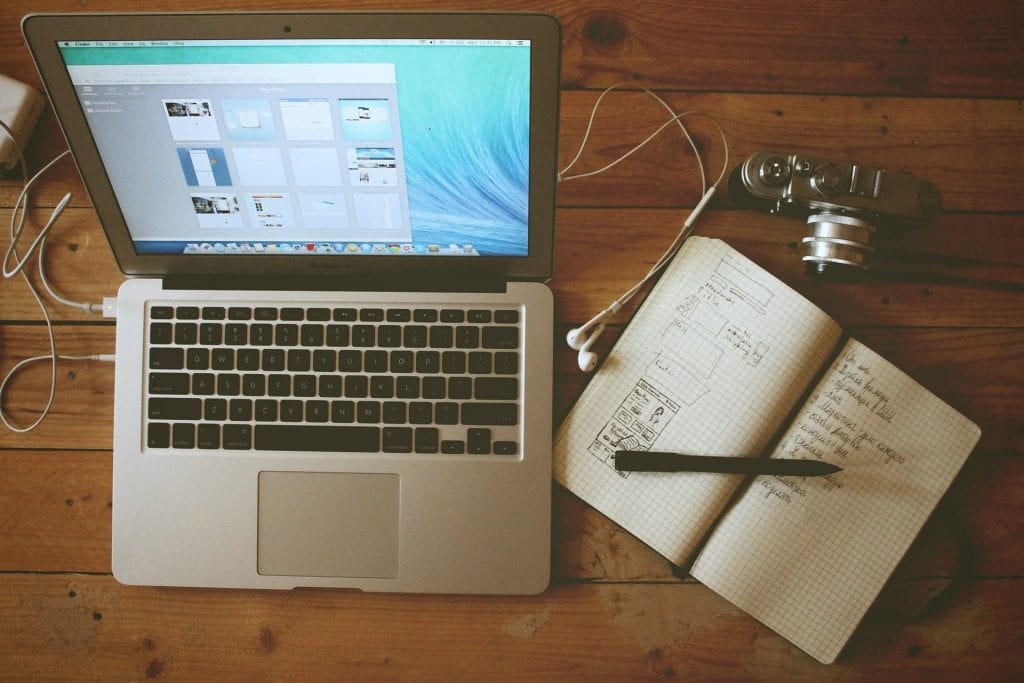
#9 GIFs –
If you don’t know, a GIF, pronounced like a popular peanut butter brand, is a short video clip that is on a loop. This is a wonderful content format when you want to explain something to your audience that they need to do to complete something. For example, you might want to include a GIF on your site where they need to perform a task that is hard to explain with words. Here are a link to some directions on how to create a GIF in Photoshop: How to make a Gif tutorial
If you start with a content marketing plan you’ll know in advance the types of media formats each type of content will be created in. For example, if you start with a “How to” blog post you can then do a Facebook live and upload that to Youtube, grab the code and add it to your blog post. You can take a clip of it and add it to Instagram as well to bring them back to your blog.
Alternatively, you can expand on the blog by, adding images, charts, and graphs and turn it into a longer form of content such as an eBook. Really the sky is the limit when it comes to re-purposing your content into different types of media formats.
Download this Checklist I created for you: Repurpose Checklist so you have it handy every time you write a blog post.
I bring my Business blogs live to my Facebook community group first in addition to offering a space to collaborate, empower, support, and balance building a business in the cracks of time in mom life. You are welcome to join here: Moms Mastering Business Community
Did you miss the other blogs in this workshop series? Check them out here:
Day 0: What is Content Marketing
Day 1: 6 Reasons a Content Strategy is Important for Your Business
Day 2: Why You Need A Content Marketing Plan
Day 3: Who Is Your Target Market?
Day 4 Where Is Your Target Audience?
Day 5 Duplicate Content Your Website vs. Other Sites
Day 6 What’s Your Goal for Each Type of Content
